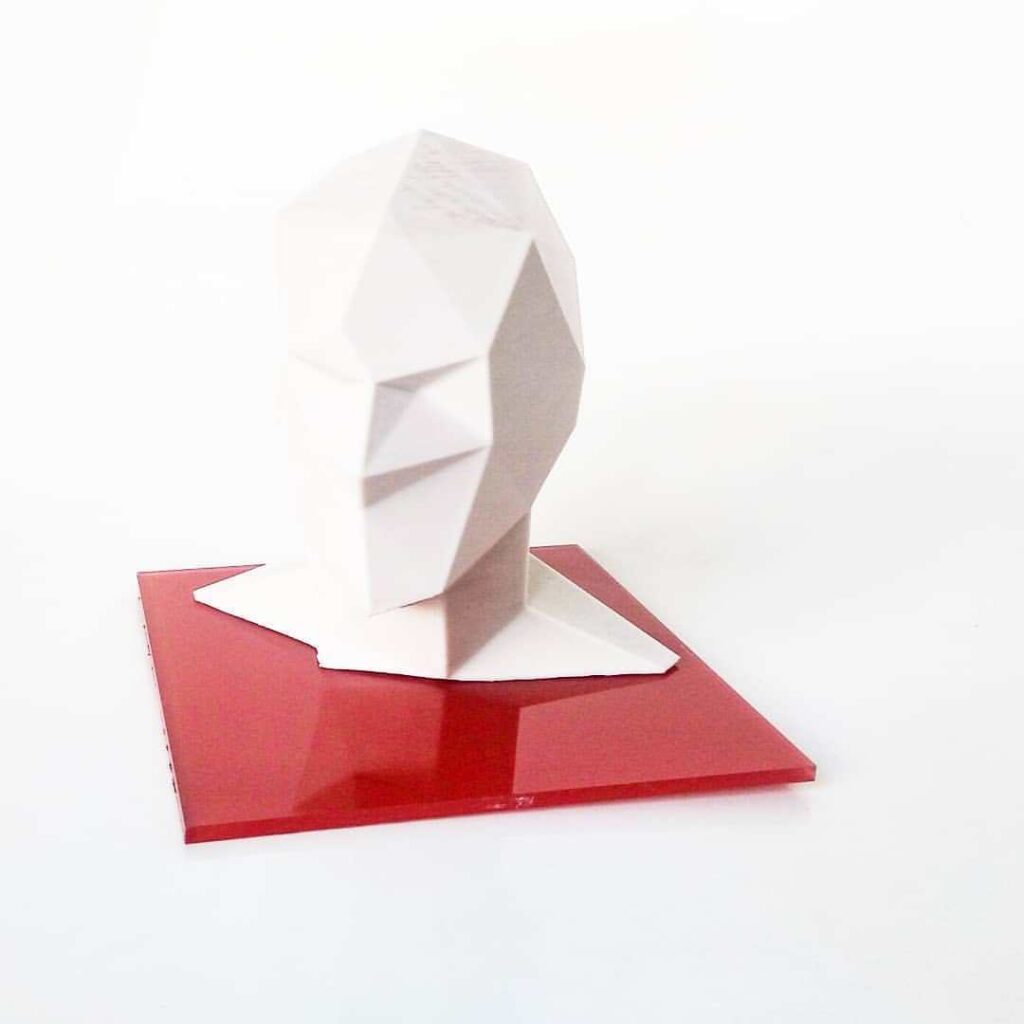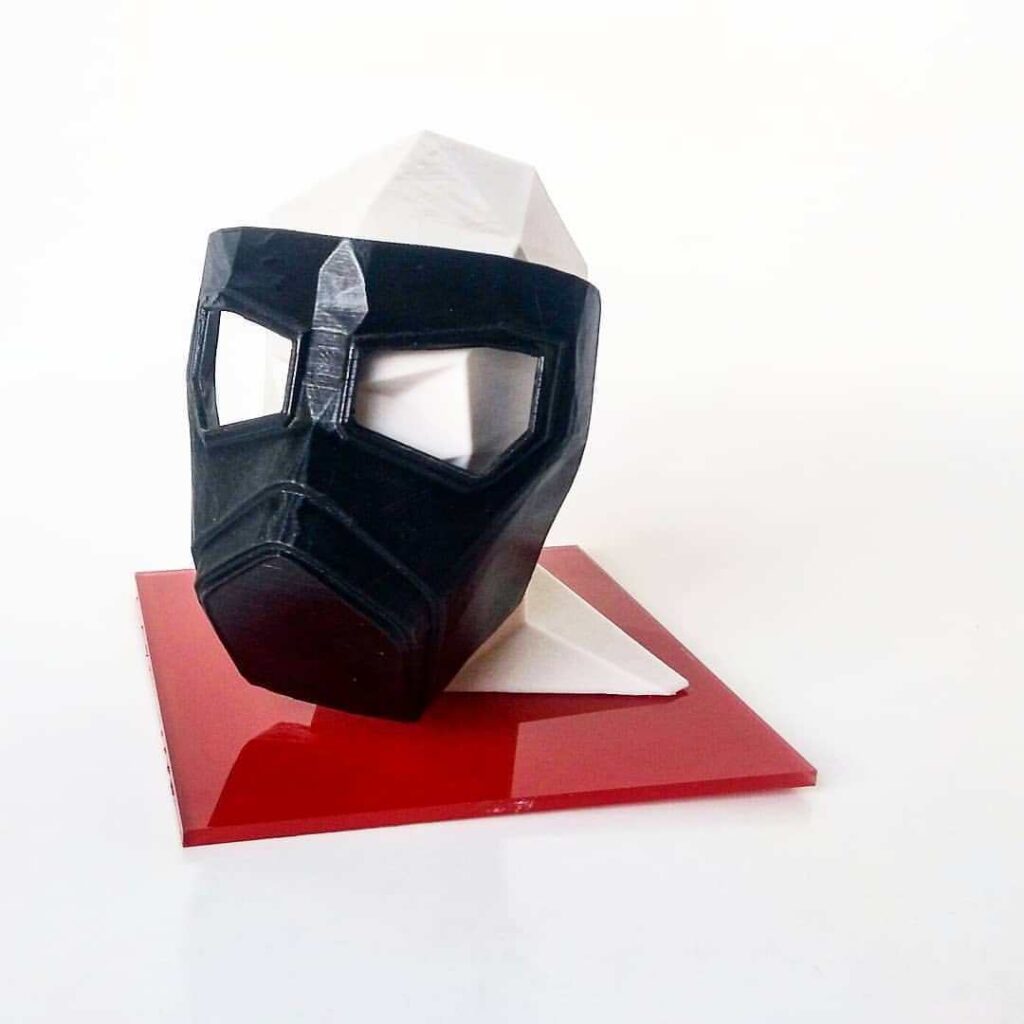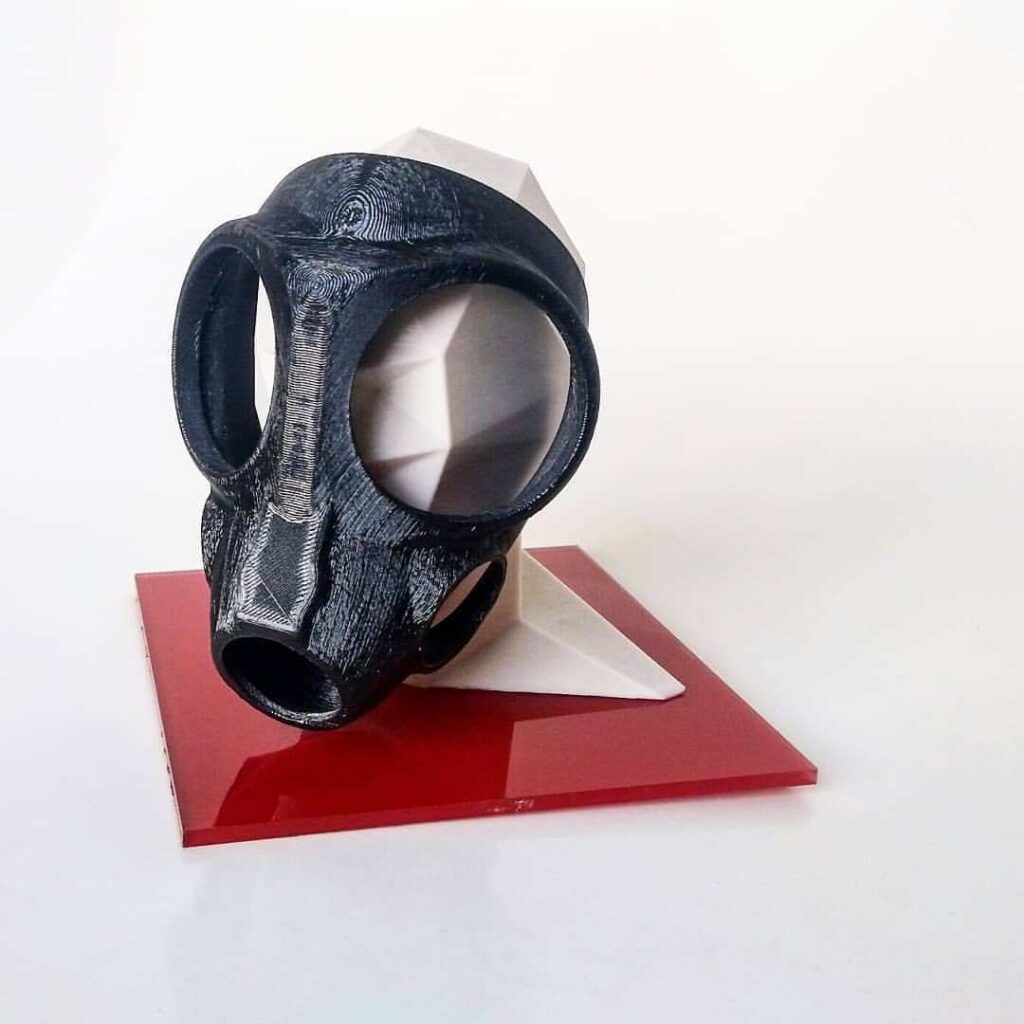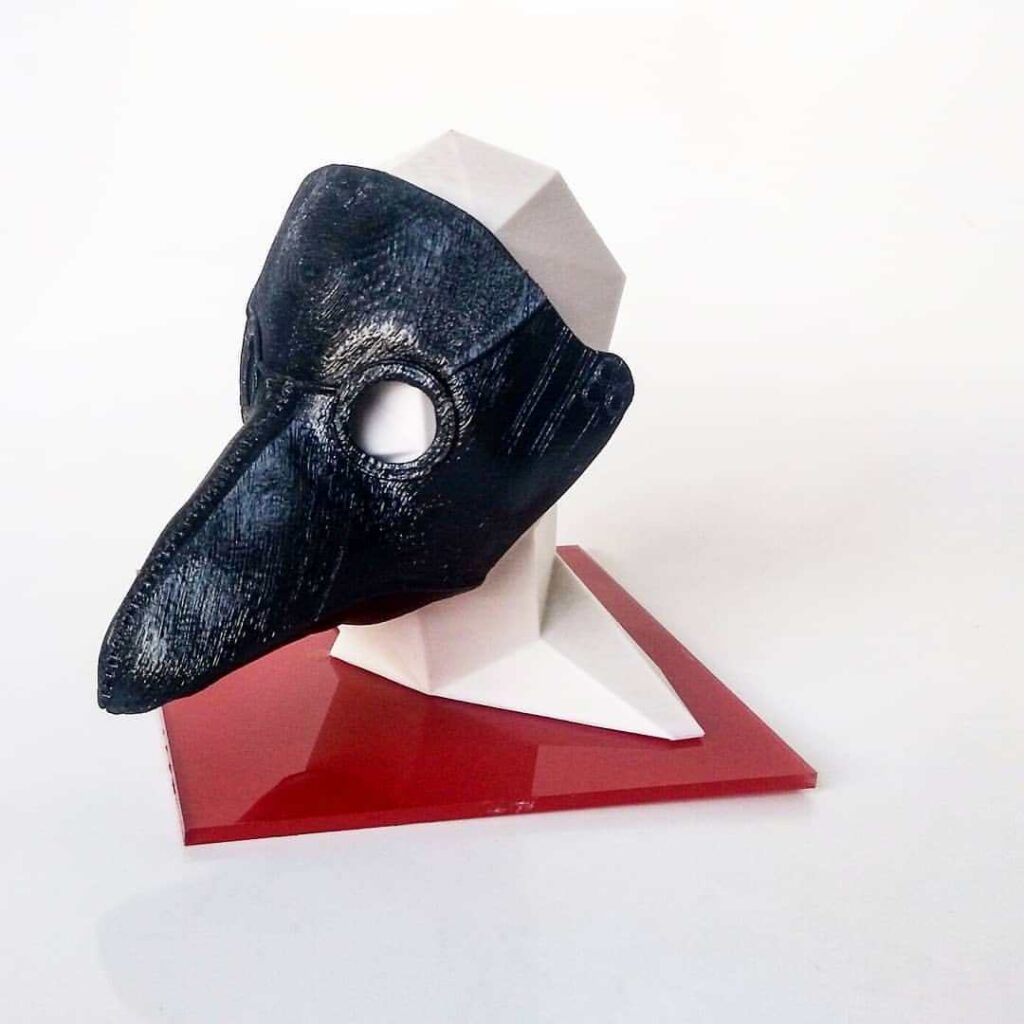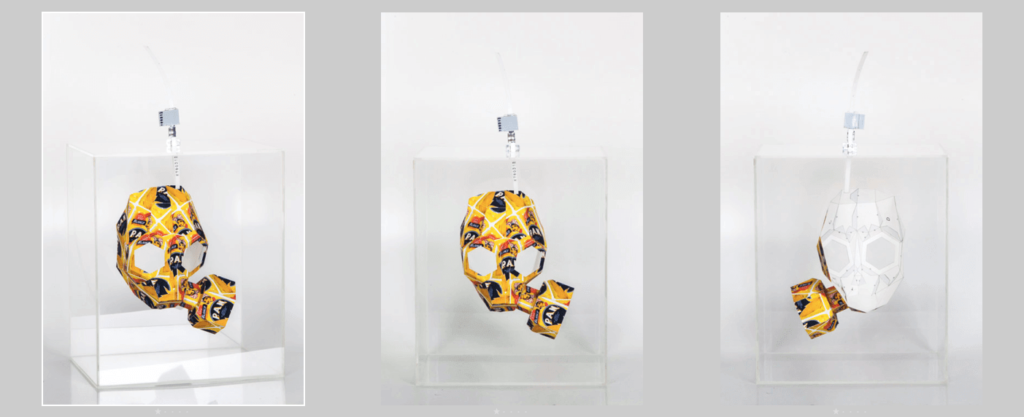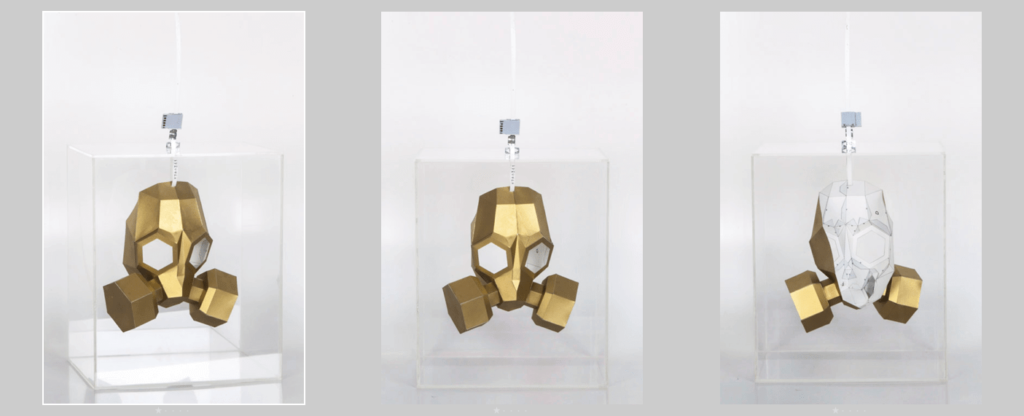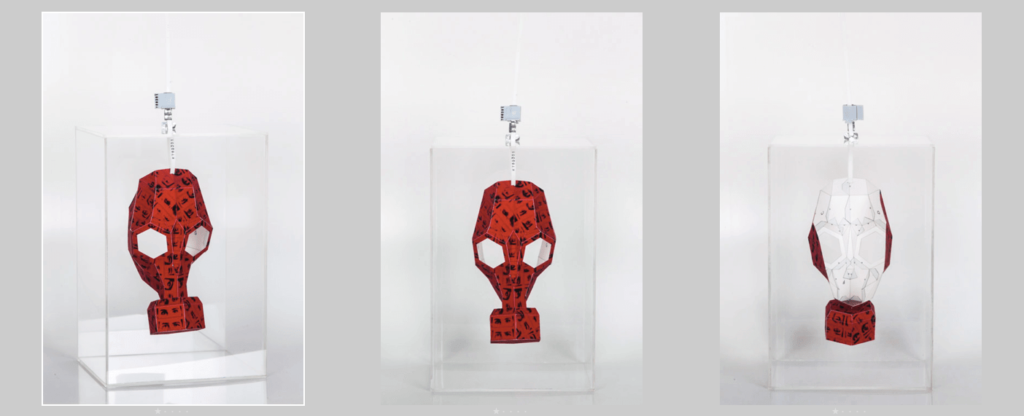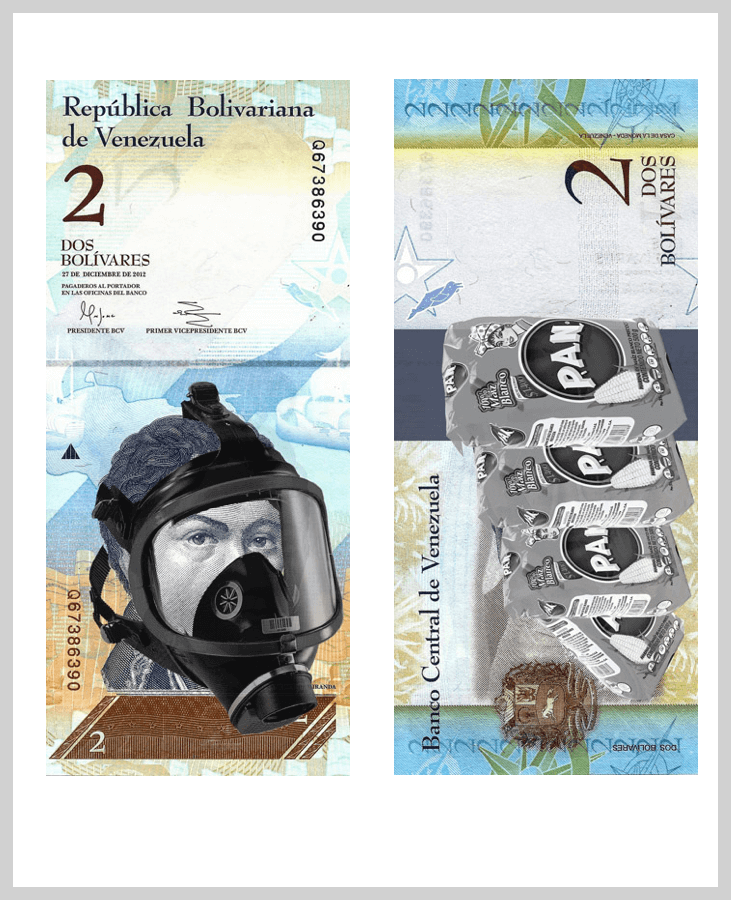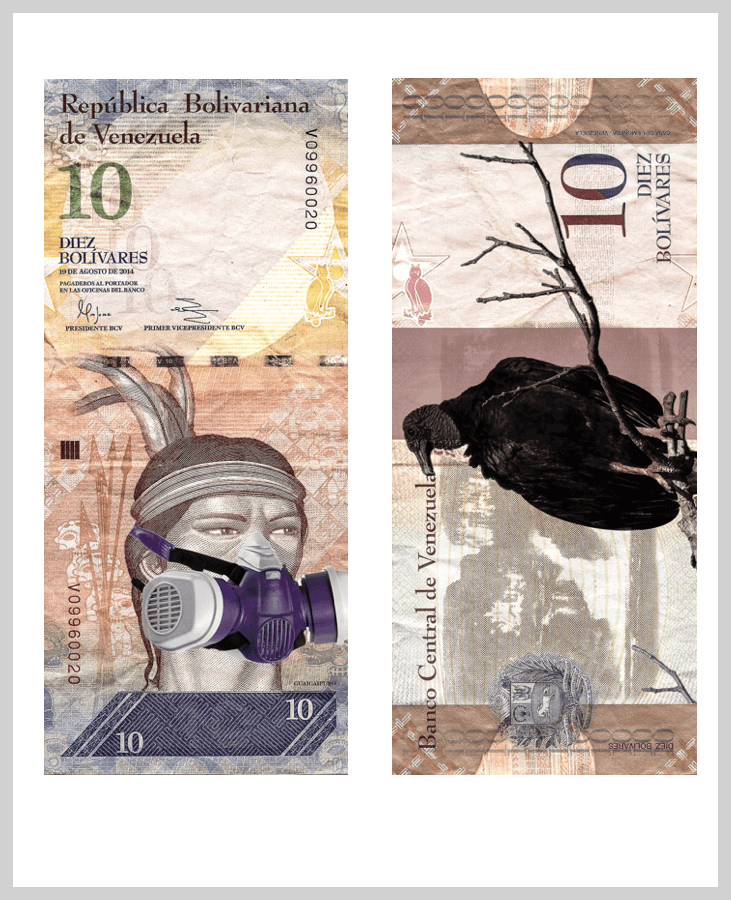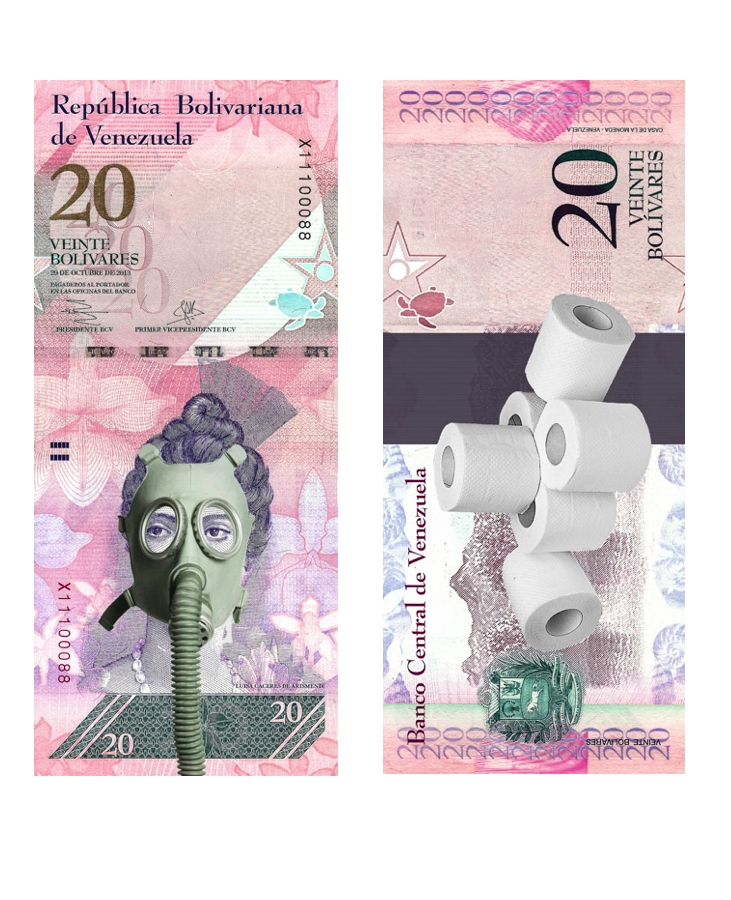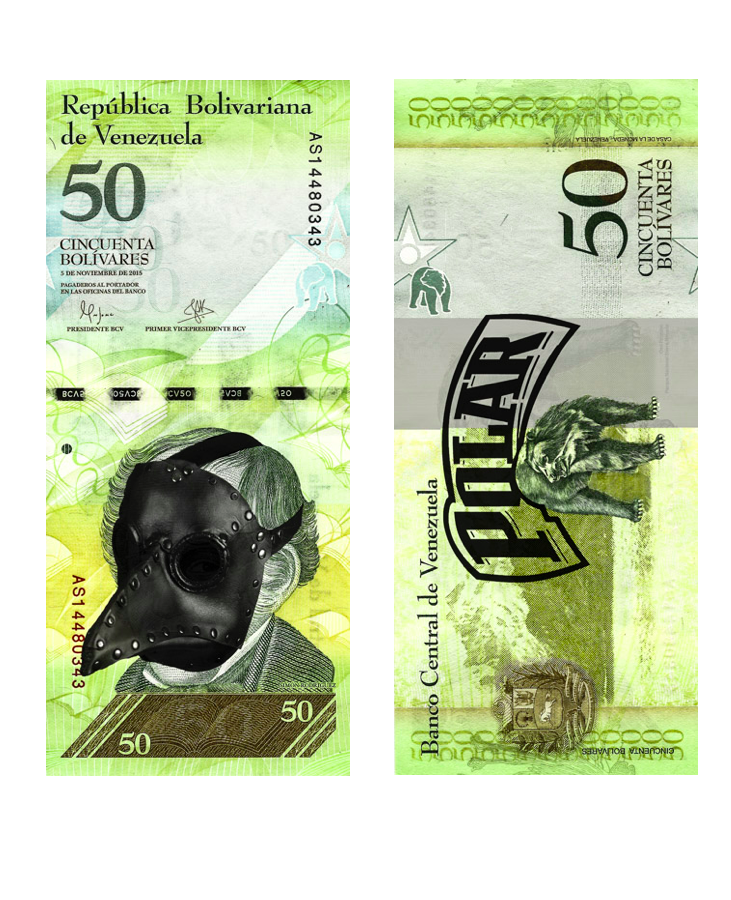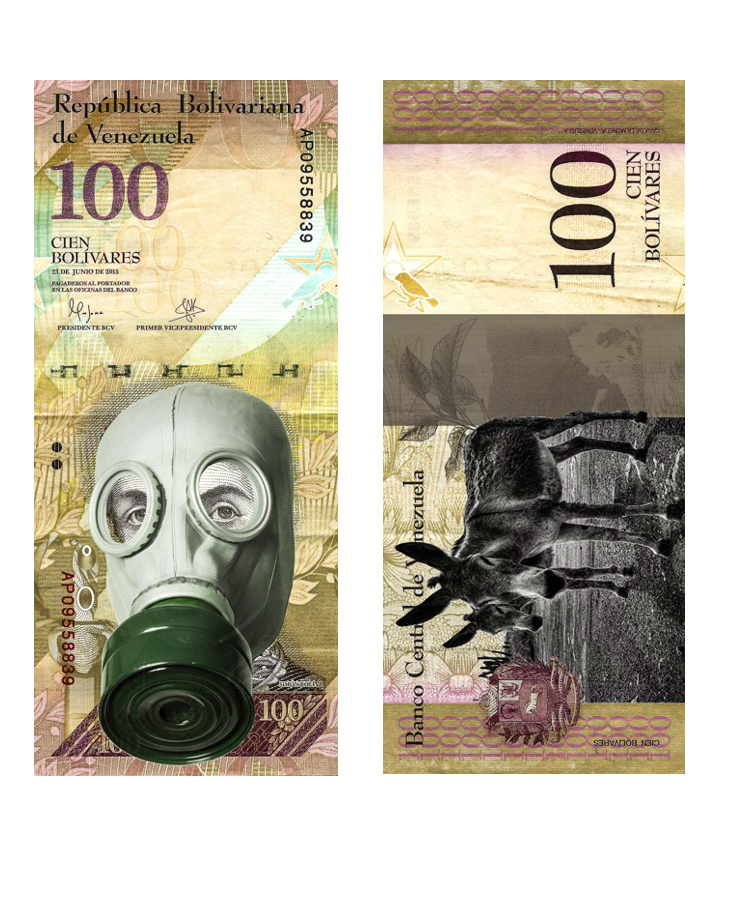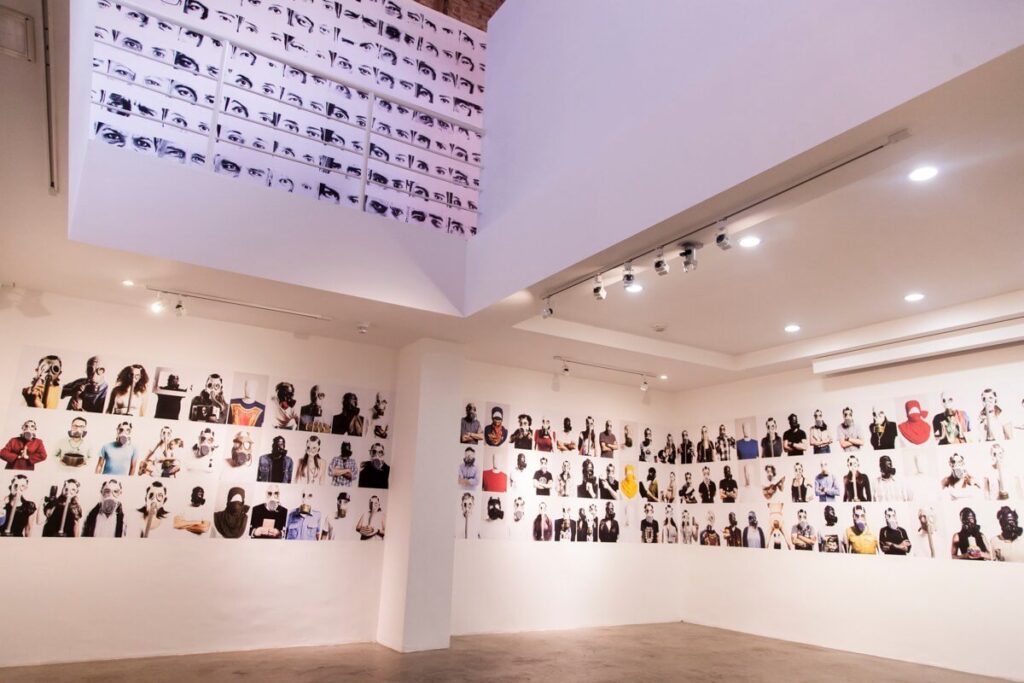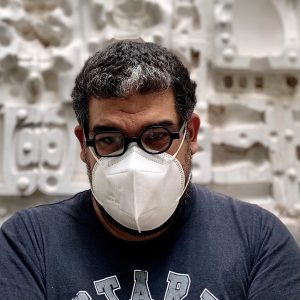
“As an artist I have investigated the ways in which our daily life and our political environment influence us, not only as a tool for self-questioning, but as a window destined to join efforts to the difficult task of understanding our situation as a society, as a collective.”
Ricardo Arispe
Barquisimeto – Venezuela.
La Ultima Gurimba – The last “Guarimba”.
Digital photography
13.58 x 39.37 in. | 32.67 x 94.48 in.
2017
$ 1,500 | $ 3,000
3D printing, Emptying, Spray paint. Variable measures. 2019
$ 600 each
Contact Us
El Cono Monetario – Currency Sets.
Photography, collage
5.90 x 2.75 in.
2017
$ 300 each pair.
Contact Us
El Carajito No Tiene Medicinas – The “Carajito” does not have medicine.
Photography, collage, cutter on paper, markers, pencil
15.74 x 17.71 in.
2018
$ 1,200
Somos – We Are (Instalation).
Photography, Digital printing on paper, Glued
Variable measures.
2017
Variable prices based on area
About Ricardo Arispe
Ricardo Arispe, was born in Barquisimeto, Venezuela, in 1980. He lives and works in Caracas, Venezuela.
He graduated as a Systems Analyst from The Universidad Centroccidental Lisandro Alvarado (UCLA) 2.000.
Photographer, he started as a self-taught photographer and latter enrolled in different specialization courses. He then, in 2011, began his exhibition career.
Click below to download full CV

Reviews
Humberto Valdivieso.
UCAB Cultural Center Curator
Societies and intervened individuals deprived of their sovereignty; they see their freedom diminished. Intervene means to scrutinize, to control, to censor, to spy, to supervise, and to authoritatively interfere. These definitions are referred to ways of exercising power, the way that a dominant party has to penetrate a delimited space and act with authority. However, intervened also means to get involved in an issue: to adjudicate between those who
dispute. As an intransitive verb it is equivalent to occur, to happen.
To intervene has a particular complexity as it appeals to diverse actions with unequal purposes. Even so, the different Alternatives are related to a location and an event: be between (inter) and transform what has been given.
To weigh such complexity in the work of Ricardo Arispe, called Intervened, we need to take two approaches. The first crosses the dilemmas of contemporary societies and connects with the particular effects of the Venezuelan crisis. The second goes through the problems of photography and art of the 21st century and it reaches the ghostly confines of post-photography. It is not about neither parallel paths, nor alternatives. Both routes integrate the same maze. They are part of an intricate cultural operation which mission is to provoke and not expose a definitive work.
Intervened is a metaphor for the difficult relations of the contemporary citizen with the abundance of information and power strategies. Its symbology, displayed in a non-conventional expository structure, refers to the coexistence of big data with the scarcity of resources in the third world, to the obscurity of public and private organizations with regard to the transparency of the intimate life in social networks, to the unlimited production of messages from the centers of power and the censorship imposed on the dissidents, to the pretension of ideologies to remain immune and to the fragility of the human body when its integrity is violated by the tactics of the dominant systems.
Arispe’s work is a discourse on the ambiguity of information. Also about the inconsistency of individual and collective identity of our time. Therefore, the addressed social, political and aesthetic contradictions are not overcome in the images. However, internally conflicts tend to overflow and stimulate concepts which solidity is suspicious because they are in vogue: post-truth, avatar and millenials among others. The issue in Intervened is not only the contradiction between oppressive and libertarian forces but the ambiguity of personal and social limits. Likewise, it is not a dissertation on the boundaries of the representation in art and photography, since what is photographed has a demarcated space: it is all space itself.
Docile bodies in the labyrinth.
In the installation elaborated by Ricardo Arispe, the masks are mediating devices between our inner self and our circumstances in life. However, they do not refer to archetypal, sacred or magical objects. It’s about visual simulations that operate like a password: indispensable keys for the exchange of data between us and our world. They work as passwords that allow to integrate our confusion to the confusion of cities. They are made, like any obfuscated code, with fragments extracted from ordinary and integrated materials in an unusual way: in this case paper spoilage, security tapes and metal sheets among others.
The masks in Intervened offer a poetic of time and urban space. In them there are traces extracted from streets and avenues, memories of common lives, laws and indications of the presence of media. They do not protect or connect their users with the transcendental, unlike the sacred objects its task is brutal: they add the variables of global-local chaos to the face of hybrid beings, unfinished, and insecure. The mask dresses the mannequin: cliché model of the human body of this century. Also it dresses the busts of the heroes and the images of the saints.
Arispe appeals to the fragility of the body and the post-human identity in his work. That is why everything is dismembered in space and, at the same time, symbolically integrated into the mask-password artifice. The readings, such as identities, are provisional. And although the visual universe of the installation is intervened by laws and everyday information, there are no established concepts, political solutions or visual limits. The prevailing sensibility is confusion because, as happens with the media and networks, nothing is quiet, there are no permanent systems and no speech dominates the other. The prevailing territory where all interventions influence, whether it is violation, espionage, dialogue or mediation is the bewilderment.
In Intervened themes and concrete problems are addressed: pollution, diabetes and shortage of medicines, poverty, political repression, censorship, resilience and activism. There are also names of accomplices cited in the work: José Vívenes, Juan Diego Pérez, Pancho, Acuña, Jesús Briceño, Carolina Afonso, Max Provenzano, Cesibel Navas, Ana Mosquera, Victoria Arispe, Juan Marroquín, Alberto Asprino y Elvira Prieto. However, the
themes, problems and people are besieged by the volatility of information. Arispe is not making a pamphlet, a catalog or a complaint; his job is to show, to let appear: to intervene as it happens. That is why Intervened is a cultural operation, art’s duty is to activate the performance of the society of the moment: our society.
Sandra Pinardi.
Curator
Revealing the absent and failed character of that printed image that we find in different supports, buildings and tshirts, walls and water tanks, posters and the “eyes of Chavez”. A sort of “painting” of thick and schematic outline
that tries to contain and condense, beyond death, the presence of that absolute “master” that imposed a policy of exclusions and unique identities, a retrograde and self-referential way of life, a world of exclusions that seeks
to homogenize eliminating dissidence and differences. Those eyes that have lost their gaze and their saying, which are only a trace and a chunk, that have ceased to be image to be mere deprivation (unsearchable targets), they are the emblem of a country expropriated from both its people and its future. Ricardo Arispe parodies and disarms an empty “painting” by abysmally repeating it in a series of images (of other “eyes”), many different ones, they are exhibited together with their differences and divergences, because in them the gaze is
present, that density that singles them out and makes them unrepeatable. Joined in a mural, these other “eyes” are authentic traces of the heterogeneous core of the human, they are the effective proof of why the person is impossible to be expropriated and that its glance finds a unique, always divergent story.
Juan Antonio González.
Critic
After 18 year of receiving high-sounding voices, insults, not being recognized and being excluded. Noticing how our individual freedoms have been disappearing. feeling that we are enemies of a government that has attacked democracy … millions of Venezuelans have had ,by force, to look for ways to adapt to the terrible sociopolitical circumstances.
The series #Somos #Resilientes, conceived by Ricardo Arispe in the heat of the anti-government riots that started in Venezuela in April of 2017, resorts to the (symbolic) image of the citizen protected by wearing an antigas mask asking, on the streets, for an immediate solution to their serious problems like: food and medicines shortages, the unstoppable inflationary spiral, the rise of violent crimes and corruption. While the regime has had a single and overwhelming answer: command the forces of “public order” – in coordination with groups of paramilitaries euphemistically called “colectivos”-to repress with tear gas bombs any legitimate manifestation of those who oppose or disagree.
First with tear gas and then with pellets, metras, water cannons and even bullets… Arispe’s proposal oscillates between protest and sarcasm. #Somos #Resilientes might make the observer have a poignant feeling or provoke an ironic smile.
Resilience, according to Ricardo Arispe’s work, is the reaffirmation that fear no longer has a place in the civilian population that rebels against the oppressive regime. A handful of democrats that resist and persist, without losing the sense of humor, which is also transgression. The rebellion underlies these portraits that multiply as the discontent towards a political establishment whose ominous proceeding has forced many Venezuelans to carry among their accessories a tear gas mask.


